From Flagstadøy another bridge took us to Moskenesøy, our last of the Lofoten Islands, but the one with the most magnificent places like Hamnøy, Reine and finally Å!
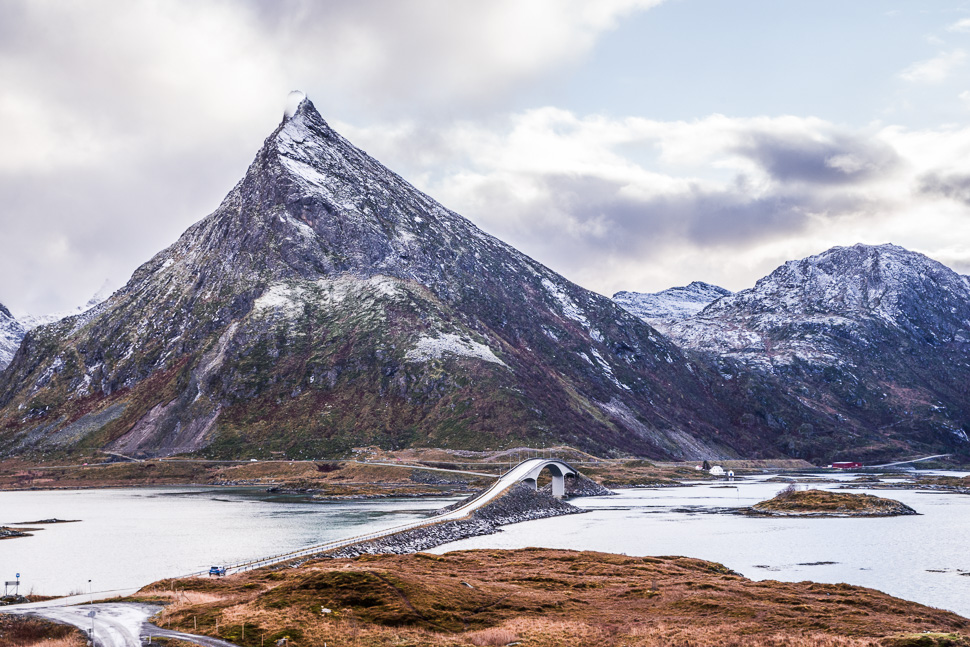
We left our parking near Fredvang after we had waited more than half the day for the weather to improve. Initially we had planned a hike to a beach on the other side of the mountains, but snow and rain was not the right conditions for that.
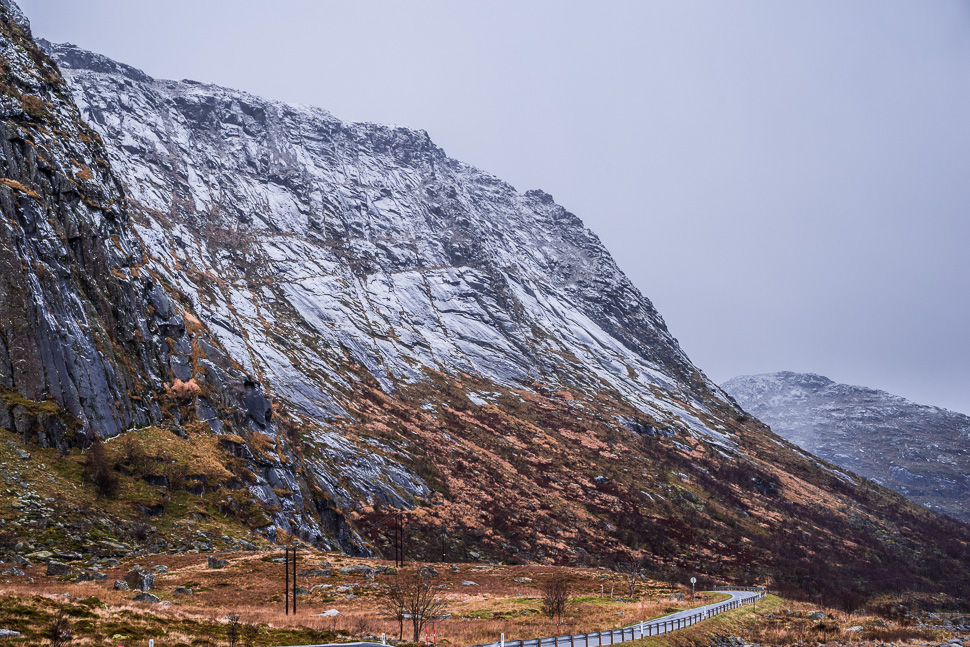
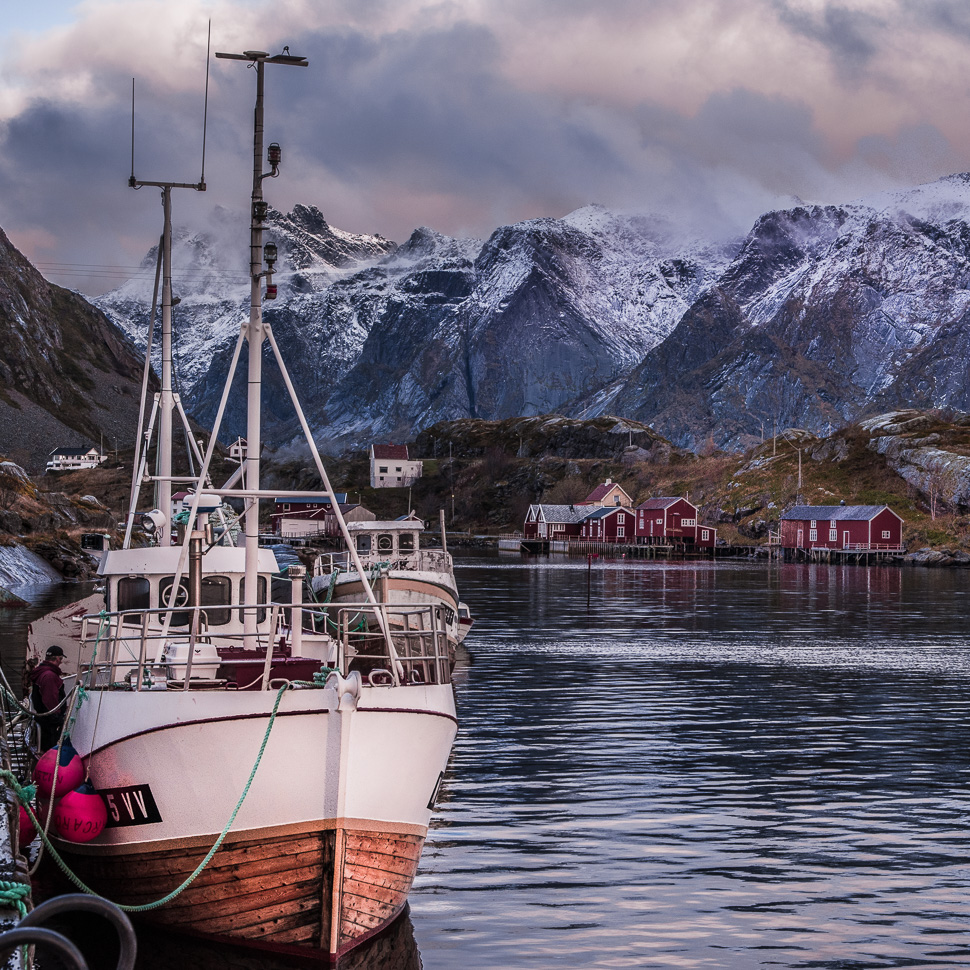
We did a detour to Sund, where a blacksmith runs a museum with old boat engines -but not in October. Nevertheless we found Sund an authentic fishing village with a harbour where boats were getting repaired. A contrast to the museum like village of Nusfjord from the day before.
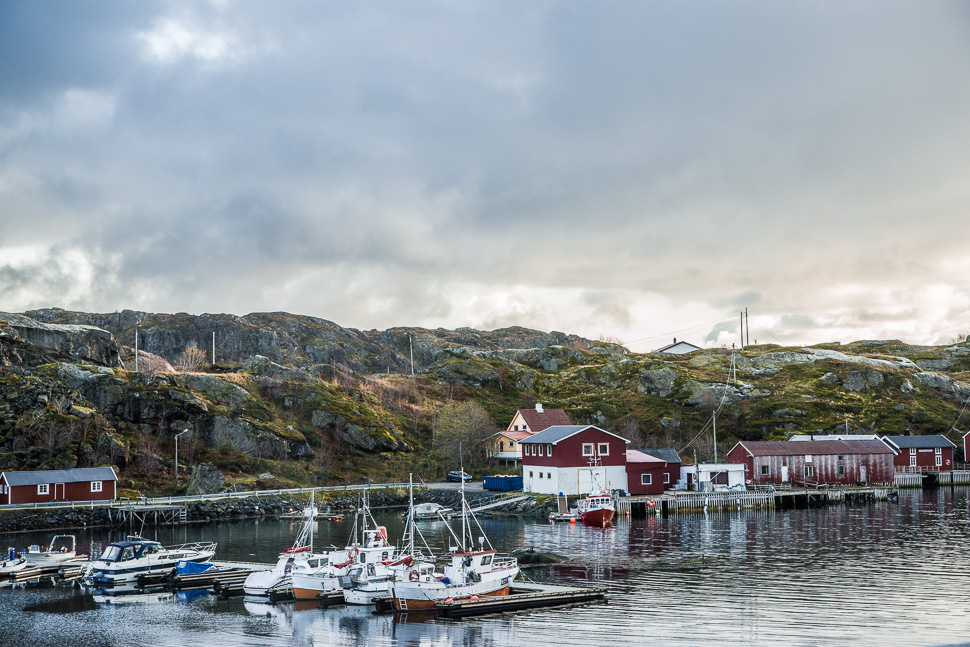
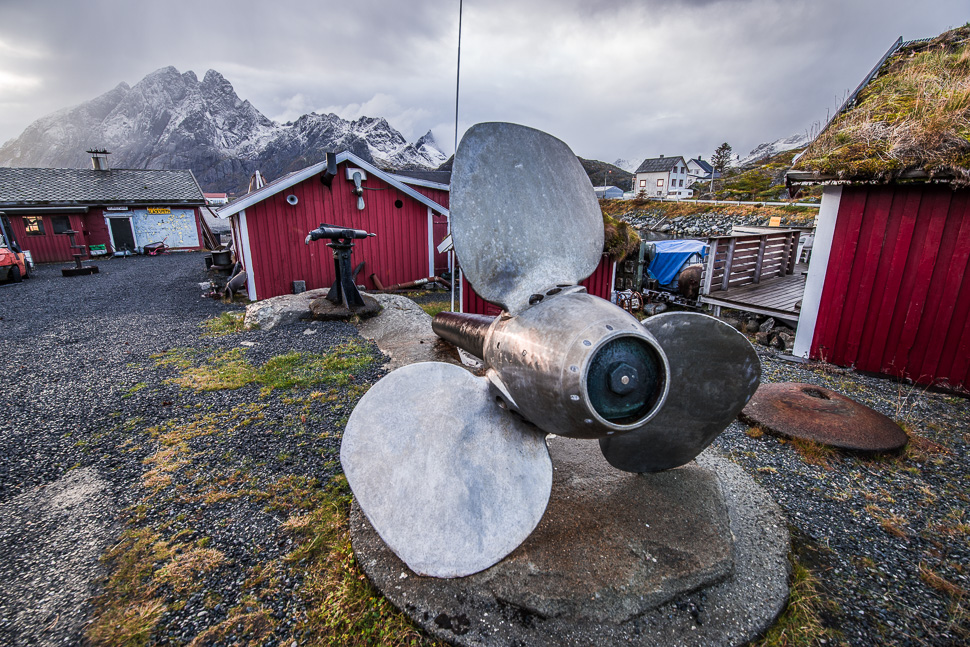
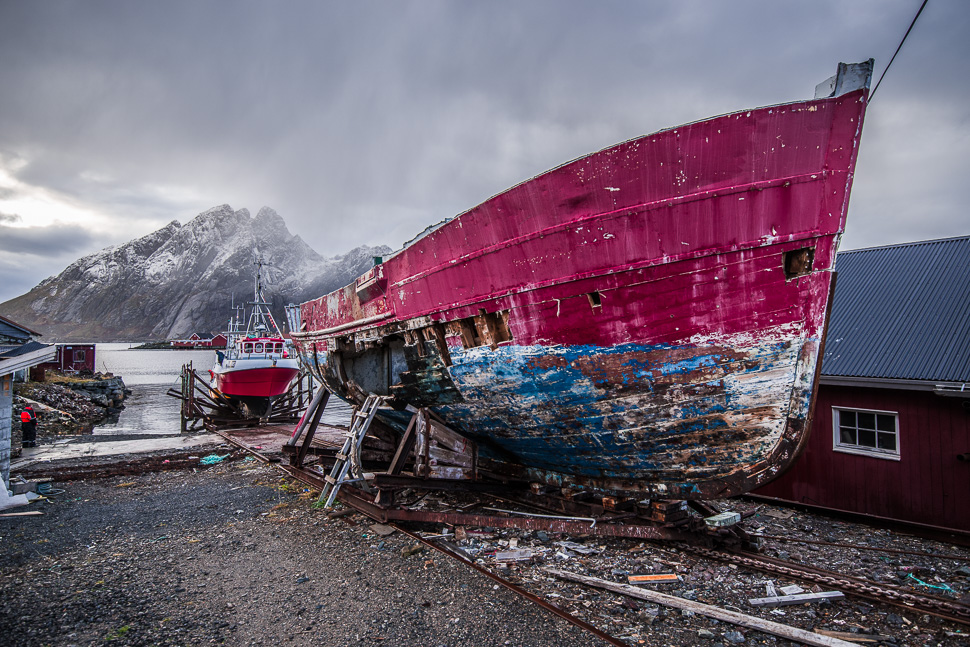
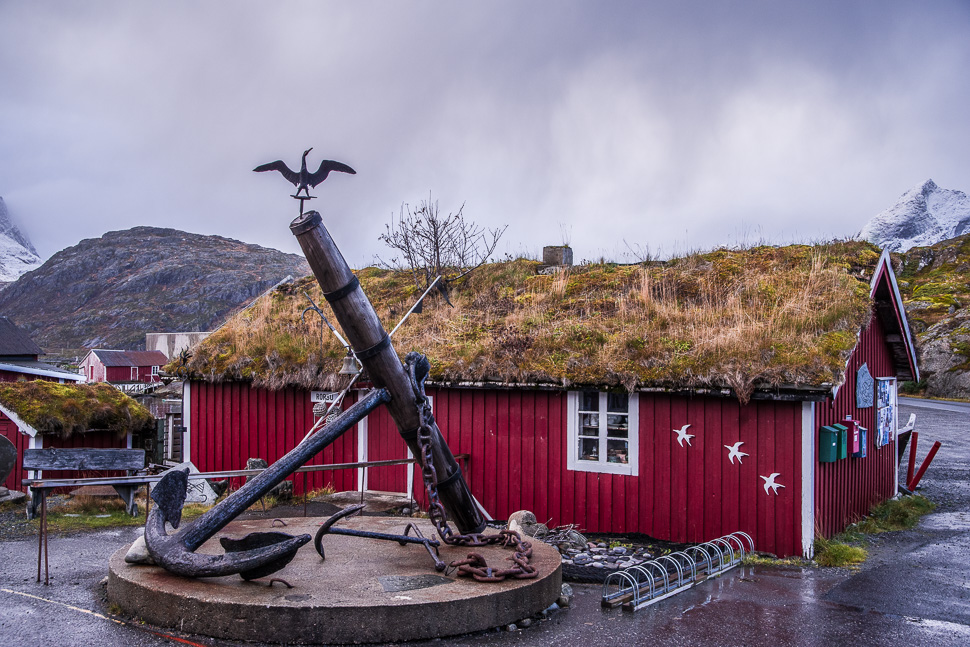
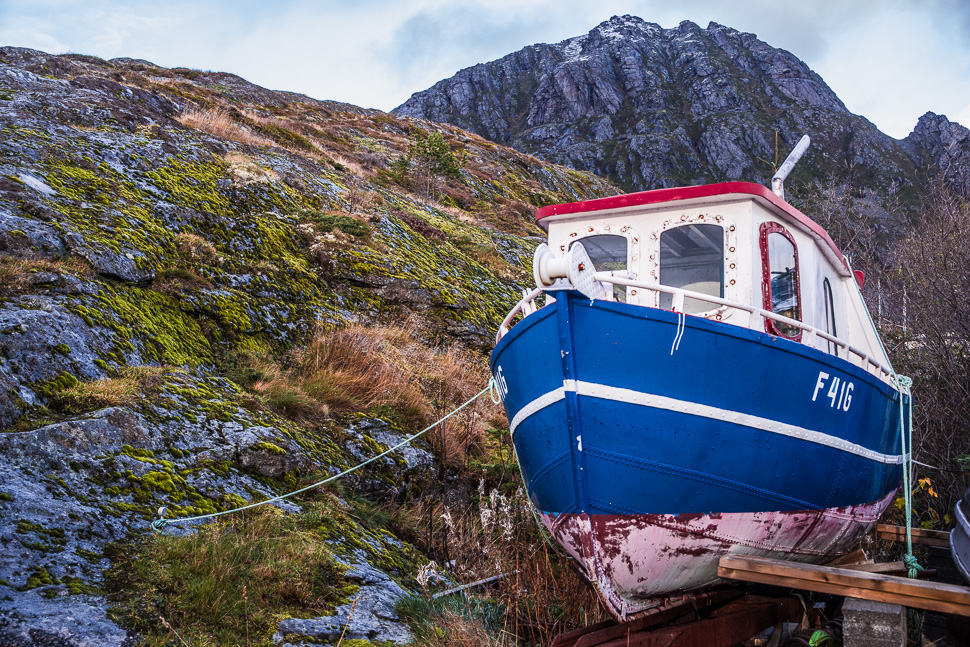
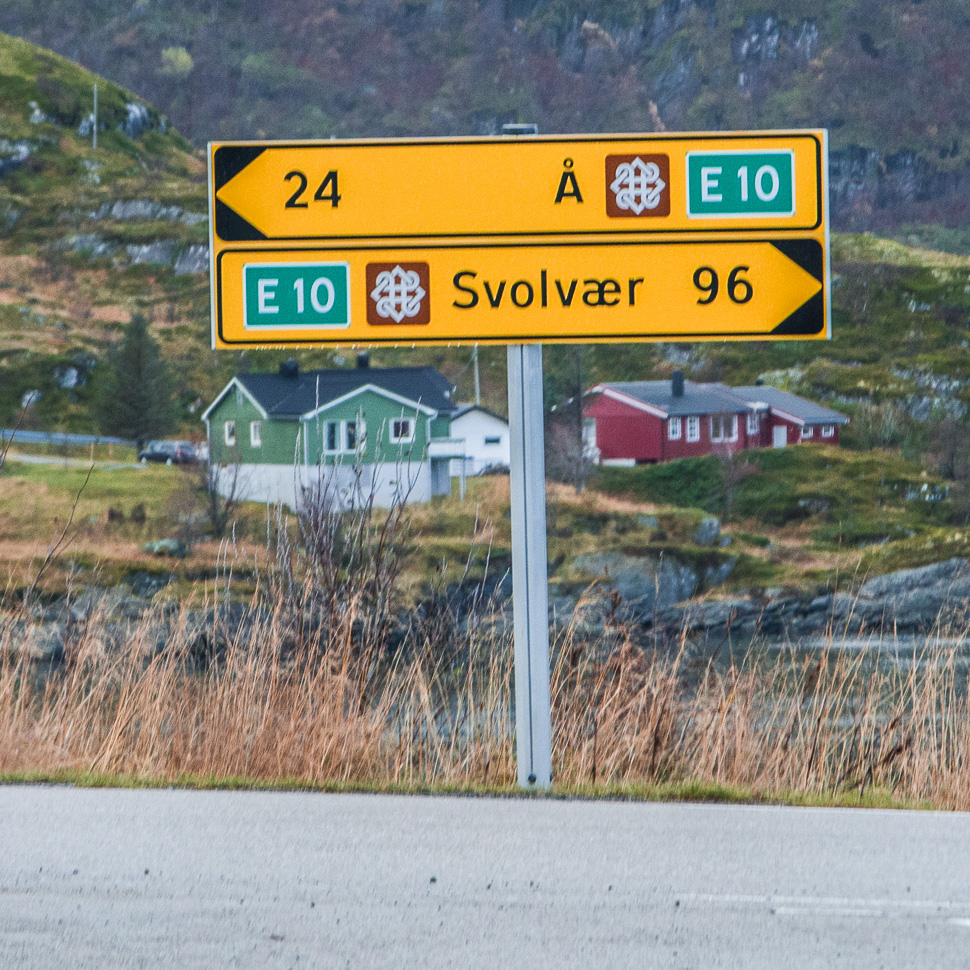
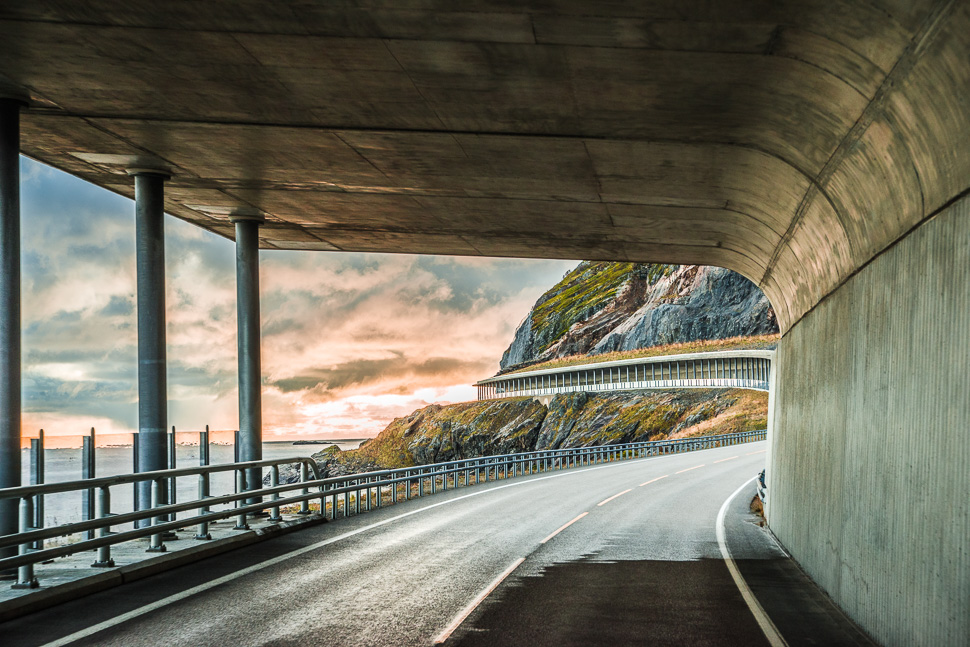
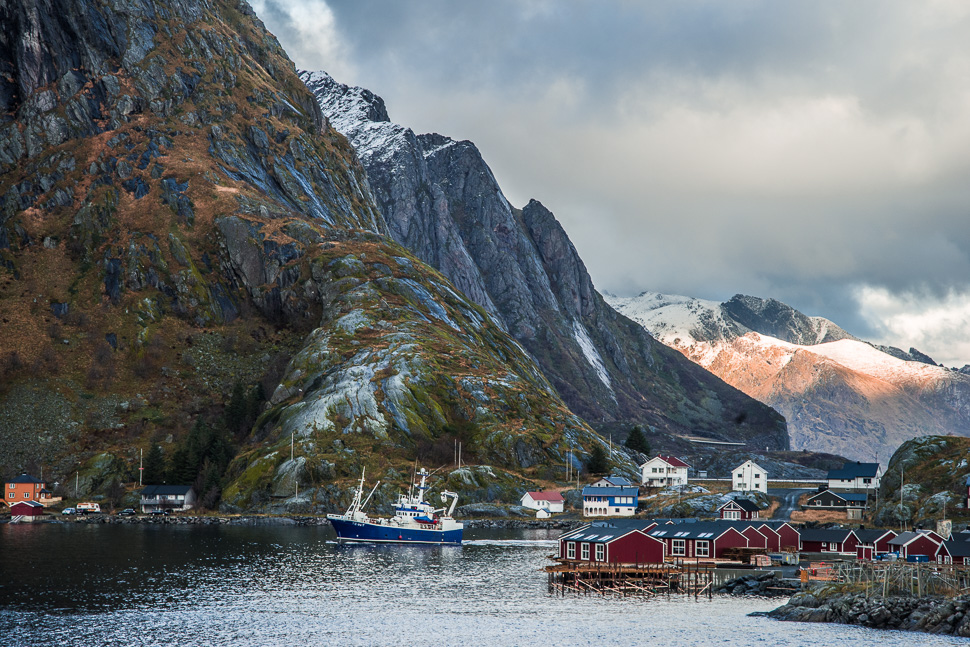
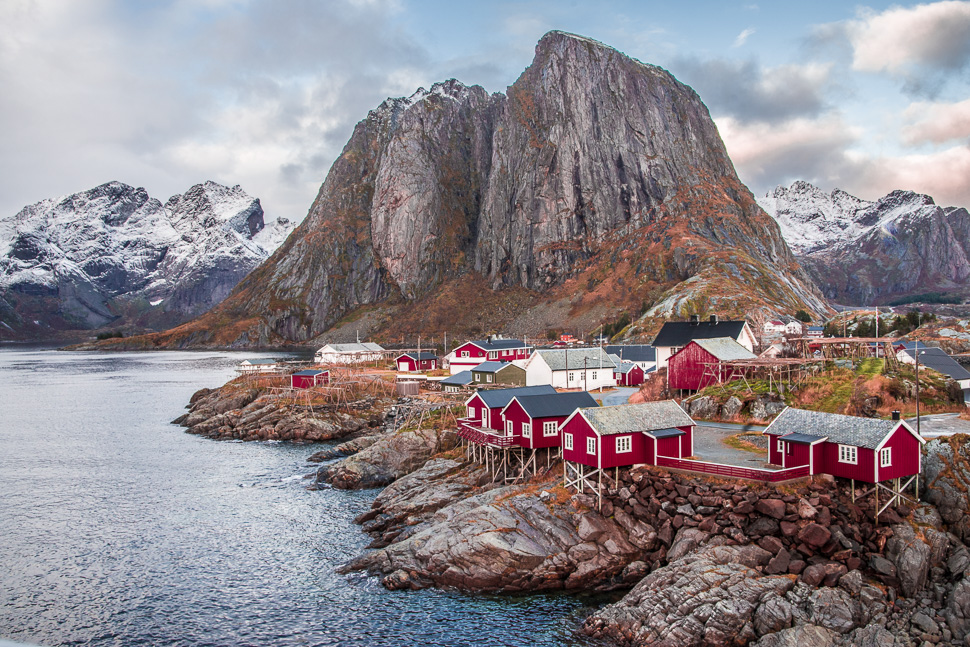
Between the steep mountains and the fjord are a couple of islands, which are the trademark postcard motives for the Lofoten, like the houses of Hamnøy. Of course we stopped to take the same shot as everybody else.
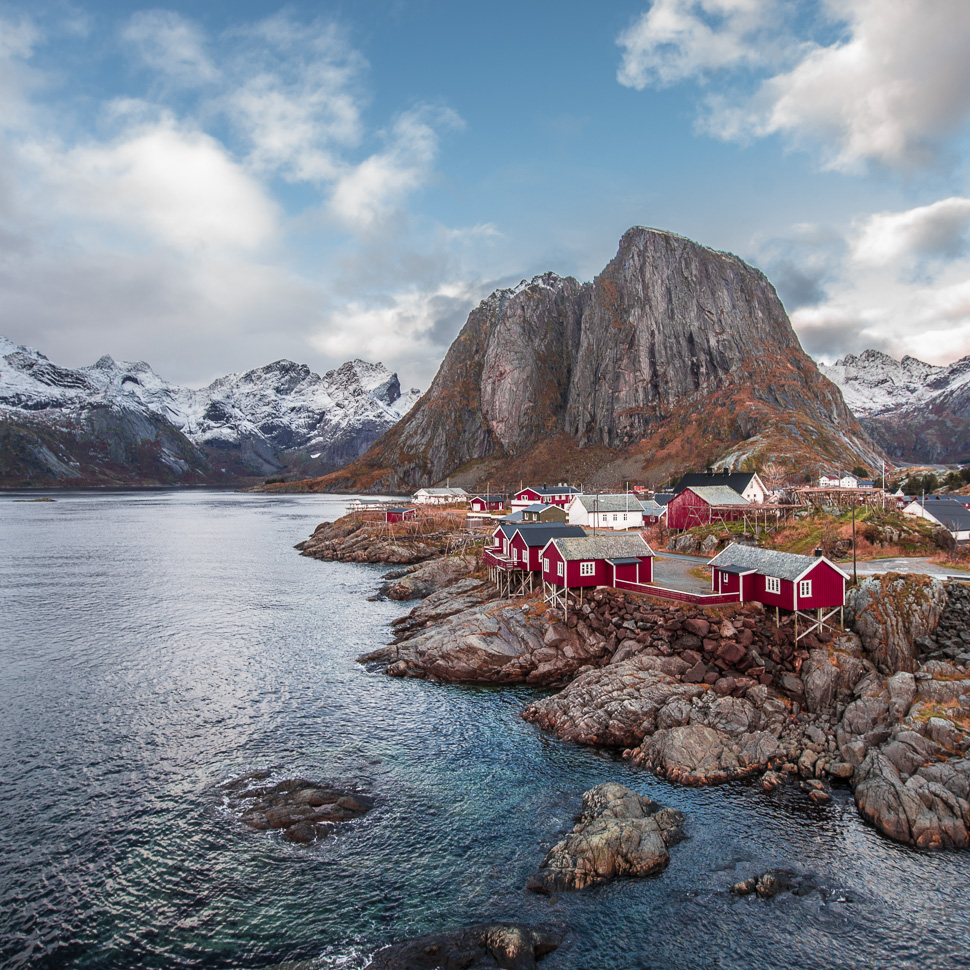
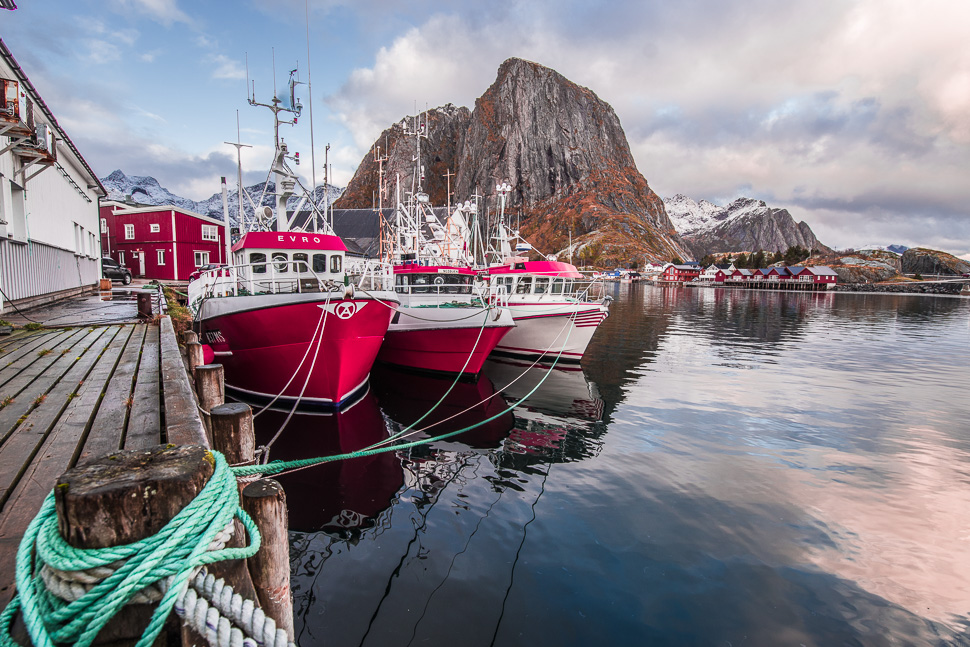
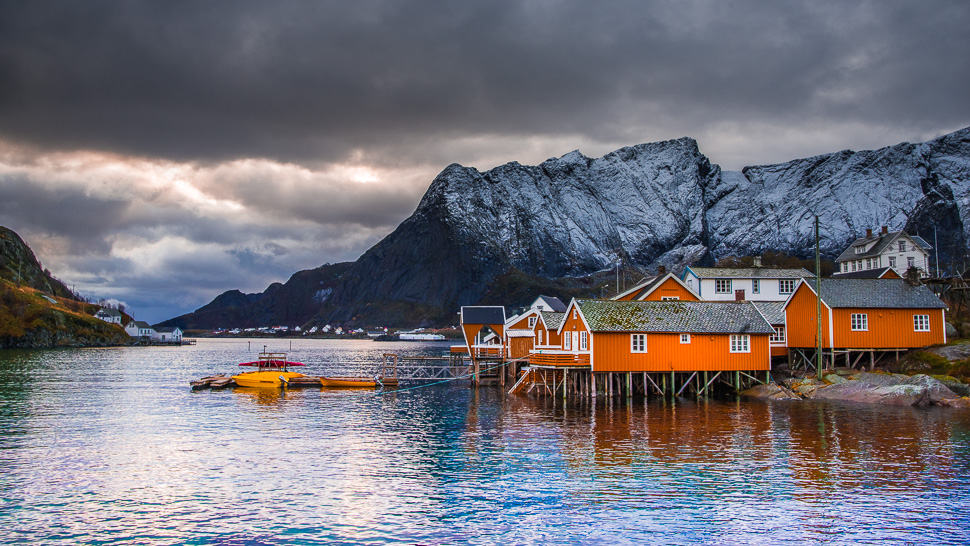
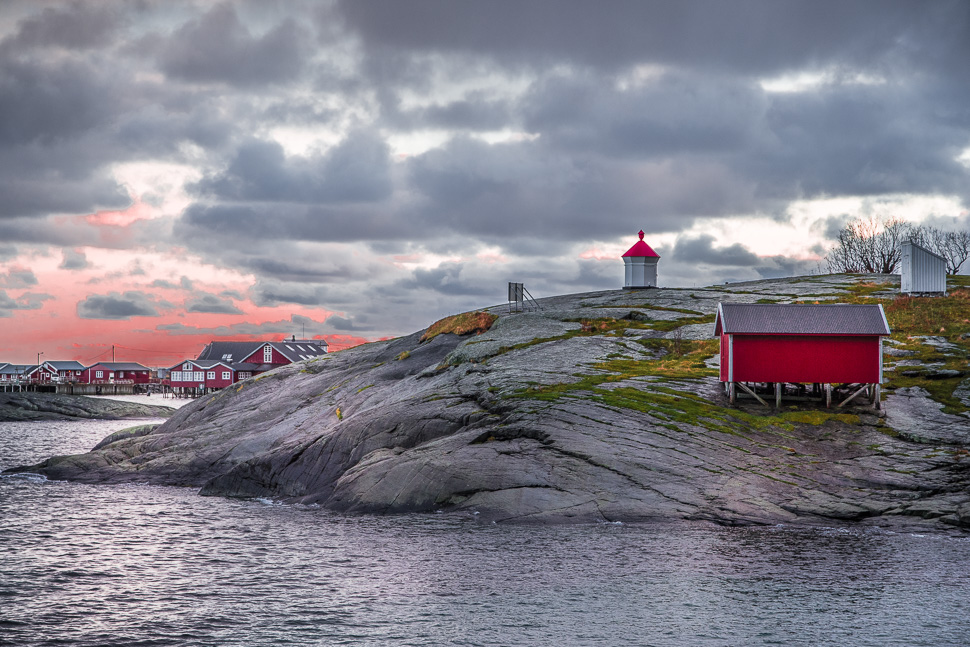
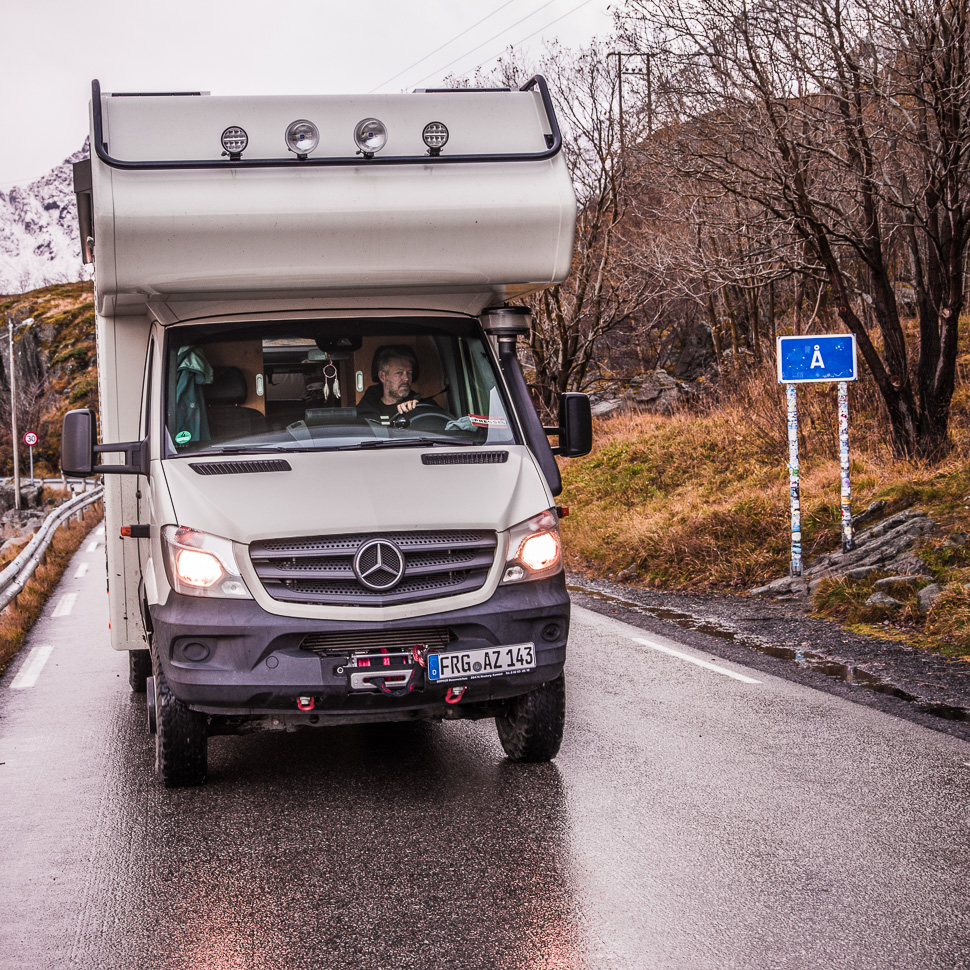
Finally we reached Å, where the road over the Lofoten ends, or starts. There wasn’t much going on here either, some forlorn tourists were trying to find something to take a picture of, including us.
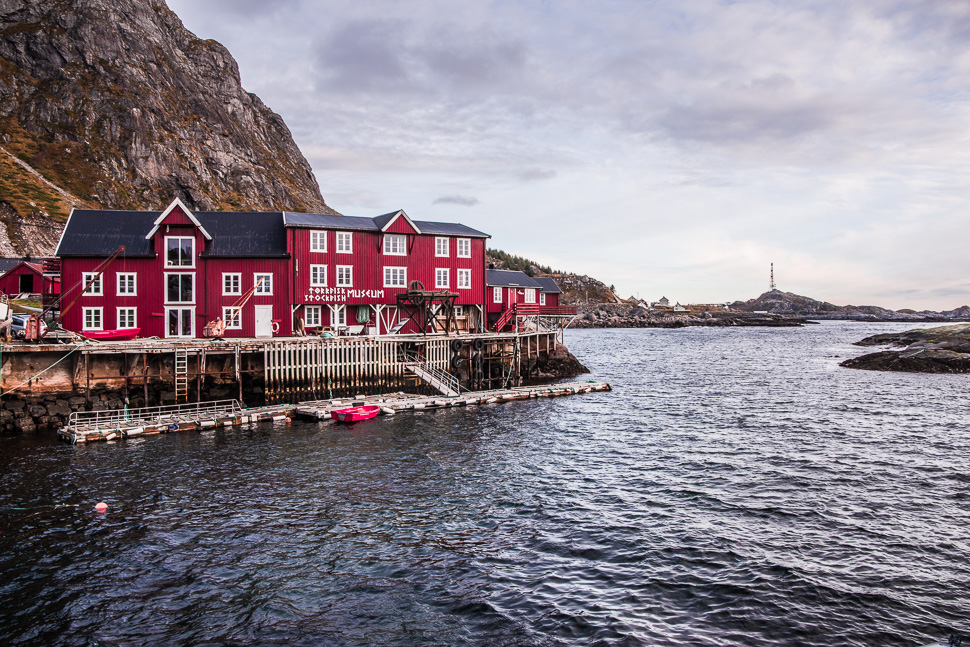
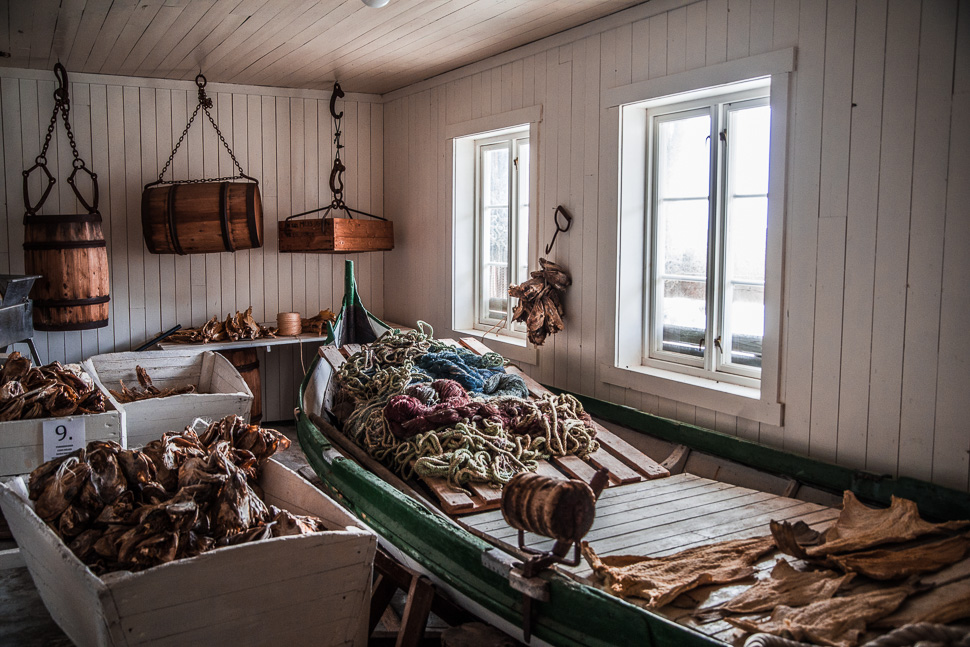
The door of the museum was open, but that was it. We could admire some of the dried cod. From February to April the cod is caught and hanged on wooden racks to dry. 400.000m2 of the Lofoten Islands are then covered with 16 mill. kg of cod fish, which will loose 80% of its weight until June. The head is dried separately and sold to African countries where they are used to make a soup. The eggs, the liver and the tongue are used separately, the tongue is a speciality it seems. The stockfish is sold mainly to Italy, Spain and Portugal.
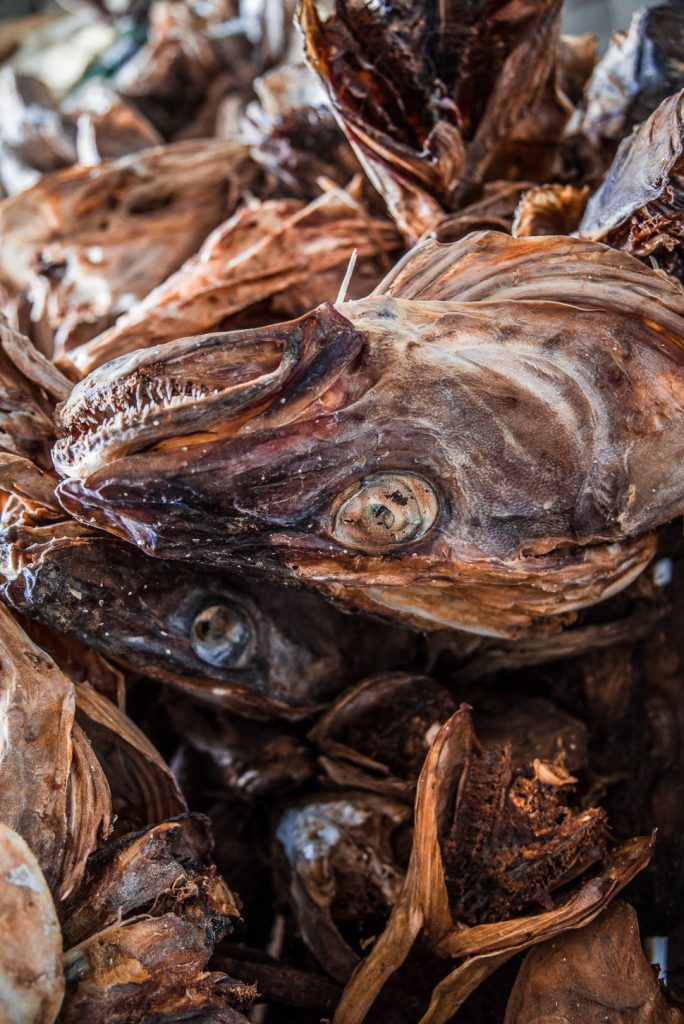
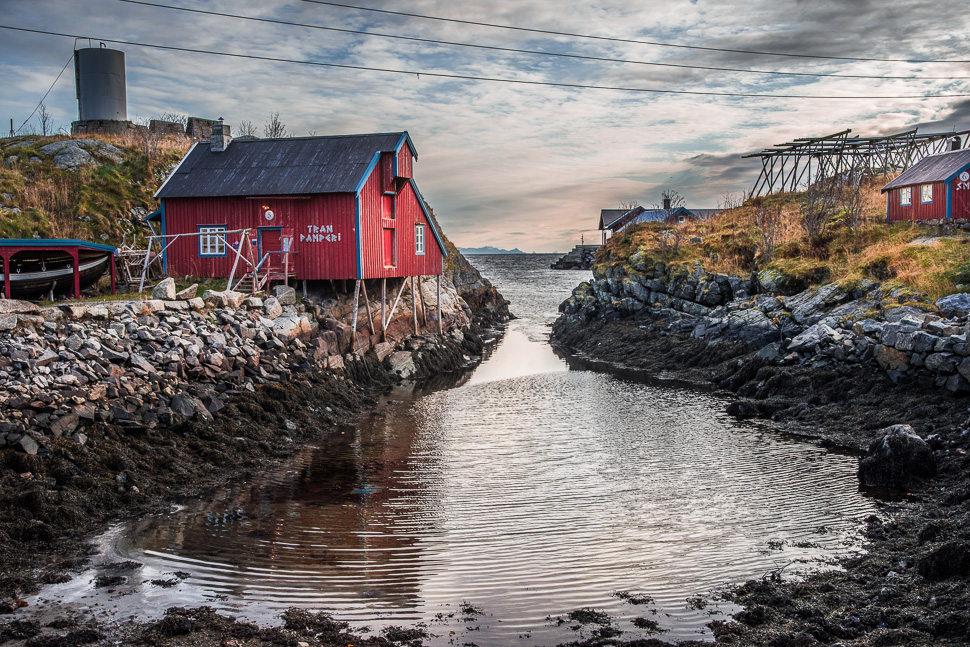
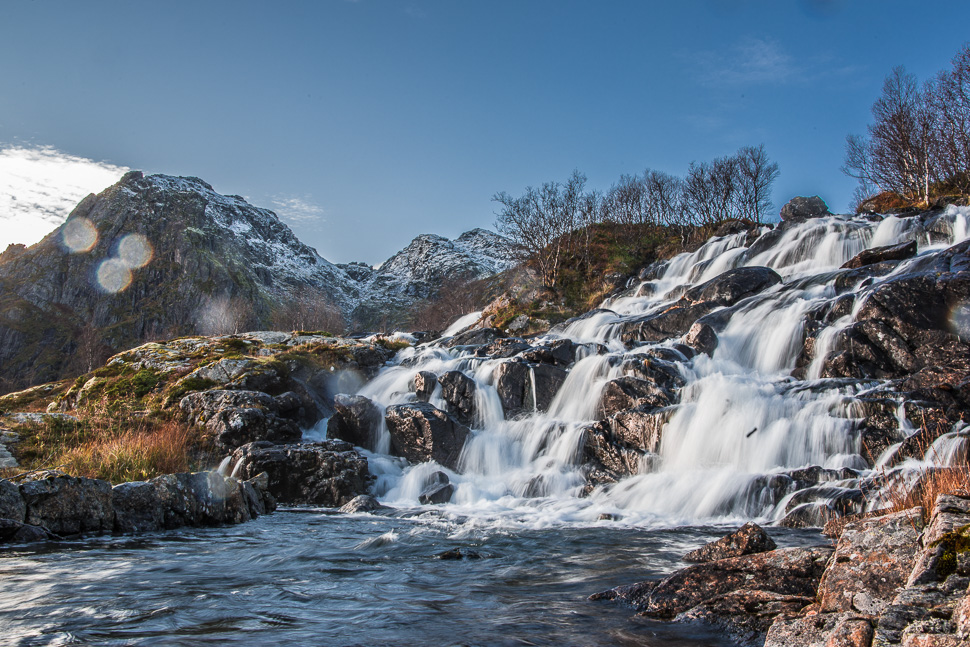
We used the good weather for a hike to a waterfall and lake behind Moskenes, the village where the ferries leave to the mainland.
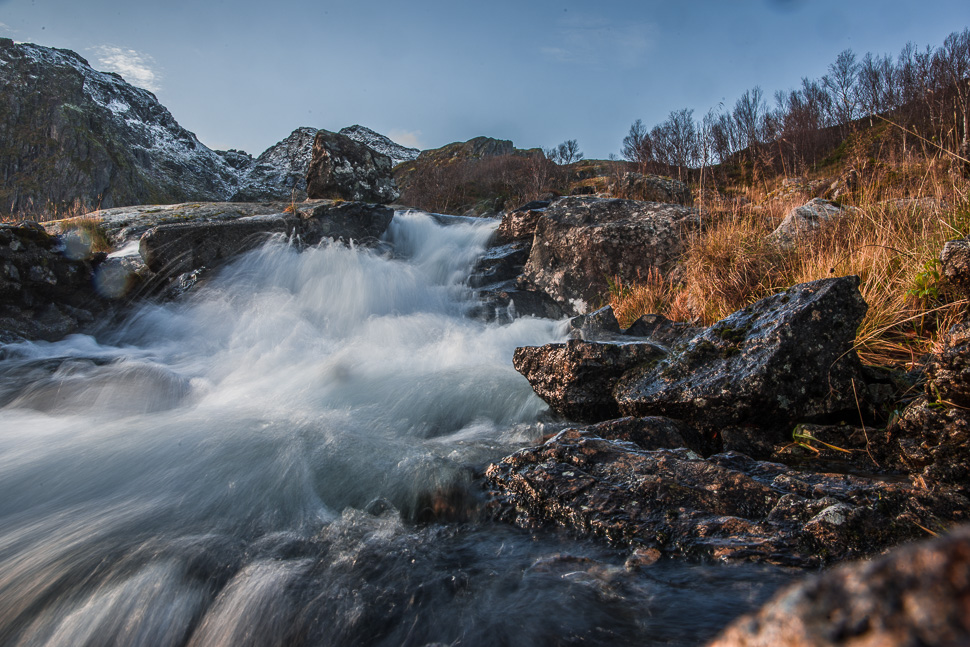
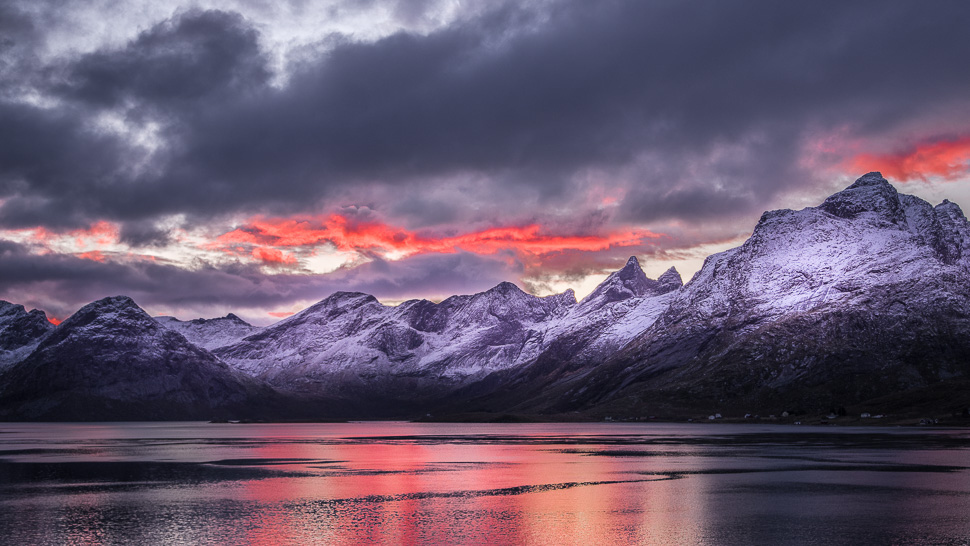
We had booked the ferry to Bodø for the next morning, from where we will travel south through mainland Norway. More on our next post!
